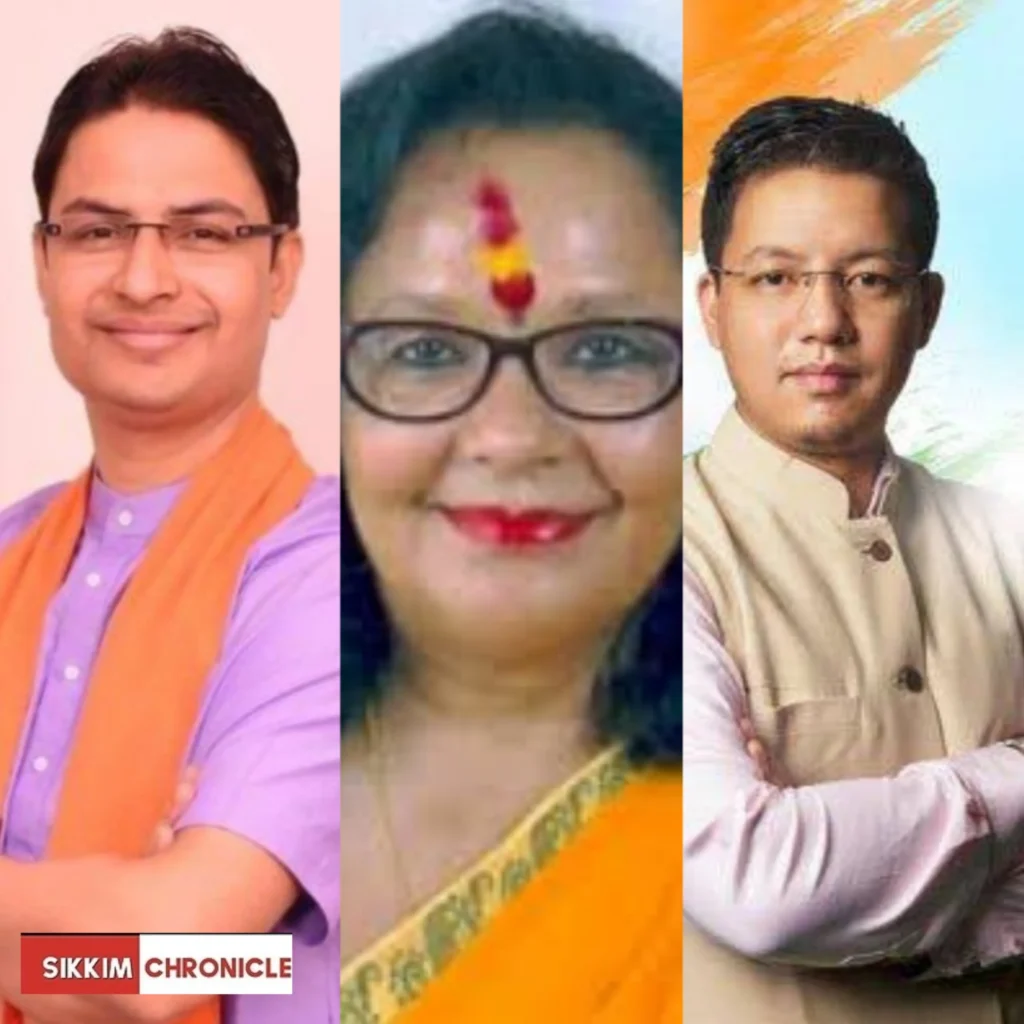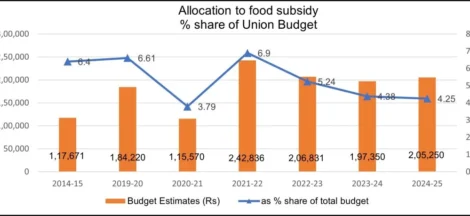By Rabindra Nath Sinha
KOLKATA: Grant of scheduled tribe status for left-out Gorkha tribes by the Union government remains a far cry and what is worse is that despite unanimity among political outfits in the Darjeeling hills on the ST tag demand, the Union government agencies responsible for a decision never indicate why the demand is pending for years. This, despite the fact, the Darjeeling Lok sabha seat has been won by the Bharatiya Janata Party since 2009. Darjeeling’s current MLA Neeraj Tamang Zimba, who is secretary-general of Gorkha National Liberation Front founded by Subhash Ghising, won the 2021 Assembly election on a BJP ticket. Zimba’s outfit is an ally of BJP.
Darjeeling Lok Sabha constituency comprises seven Assembly segments – Darjeeling, Kalimpong and Kurseong in the hills and Matigara-Naxalbari, Siliguri, Phansidewa and Chopra in the foothills. Raju Bista of BJP is Lok Sabha member since 2019. The Siliguri corridor is of considerable strategic importance as it shares borders with Nepal and Bangladesh and is in the proximity of Bhutan and China.
In supporting the demand for ST status for the left-out Gorkha tribes, political leaders have been highlighting the linkage with heritage and socio-economic security of the Gorkha people, whose contribution in safeguarding the country’s borders is always acknowledged by the people. In a recent letter to Prime Minister Narendra Modi, Zimba reminded him that his words “Gorkha ka sapna, mera sapna” on an occasion “resonate deeply in every heart”. The local Gorkha communities of Darjeeling, Kalimpong, Terai and Dooars play a key role in maintaining communal harmony and ensuring security in the strategically sensitive areas, the Darjeeling MLA has pointed out. It is an issue that has to be seen as their urge for dignity, recognition and empowerment, Zimba has argued.
There are 11 left-out Gorkha tribes whose demand for ST status is pending. They are: Gurung, Bhujel, Managar, Newar, Jogi, Khas, Rai, Sunwar, Thami, Yakkha and Dhimal. In this context, Sikkim too is in the picture as in addition to these 11, that state has one more tribe – Majhis – whose recognition as a ST has been sought. Much light was shed on this sensitive subject by Bista on December 17, 2024 during a discussion in the House on ‘Readjustment, of representation of scheduled tribes in Assembly constituencies of Goa’ bill 2024. He pointed out that the tribes (mentioned as sub-tribes) were historically referred to as hill tribes before Independence. But, the status was taken away after Independence without the knowledge of the Gorkha community. Over time only seven out of 18 sub-tribes – Sherpa, Bhutia, Lepcha, Dukpa, Yolmo, Tamang and Limbu – were recognised as belonging to ST category.
The Darjeeling Lok Sabha member also brought to the notice of the House the unique administrative history of the hills, Terai and Dooars, which were governed under special regimes, such as, non-regulated areas, scheduled districts and partially-excluded areas. These designations were meant for only for tribal areas and 11 tribes were dropped from the ST category list despite the conditions being similar. Also requiring serious consideration is the adverse impact of illegal immigration from Bangladesh and settlement of Rohingyas [as vote banks?] on the demography and culture in areas inhabited by the excluded tribes.
Grant of ST status is a subject that comes under the purview of the Union tribal affairs ministry, tribal research institutes, Anthropological Survey of India (AnSI), Registrar-General of India (RGI) and, of course, the Union home ministry and state governments concerned. The West Bengal government has strongly backed the left-out Gorkhas’ demand for being recognised as belonging to the ST category. New Delhi’s decision on grant of or rejection of demand is substantially dependent on the recommendations of the AnSI and RGI, which are required to study the demands in all their aspects.
In this context, it deserves mention that at one stage in not-too-distant past RGI had argued that conceding the demand for ST tag could lead to an influx of Gorkhas from Nepal. It was countered by Bista saying that the population of Limbu and Tamang communities had shown no noticeable variation although they were given ST status in 2001. The argument rings hollow; moreover, border security measures should address illegal immigration. The RGI contention cannot be cited as a reason to deprive Indian Gorkhas’ of their genuine demand. India-Nepal treat too cannot be cited as a factor standing in the way.
Leaders belonging to non-BJP political formations agree that it is embarrassing for BJP workers as the Darjeeling Lok Sabha seat is being represented by a BJP member since 2009 and some hill-based organisations, including Bimal Gurung’s Gorkha Janmukti Morcha, have supported BJP for long periods in the hope that BJP-led government at the Centre will fulfil their assurance of a “permanent political settlement (PPS)”. The context is obvious : the demand for Gorkhaland or at least an arrangement that meets their demand to an appreciable extent under the Sixth Schedule of the Constitution. But, the Centre is yet to act on the ST tag demand which, compared to the Gorkhaland / Sixth Schedule status, is not as sensitive politically. The absence of a strong anti-BJP Opposition in the hills is, perhaps, helping the saffron party politically, say informed quarters. (IPA Service)




 Decent Job Creation Continues To Be Indecent Shows EPFO Data
Decent Job Creation Continues To Be Indecent Shows EPFO Data 